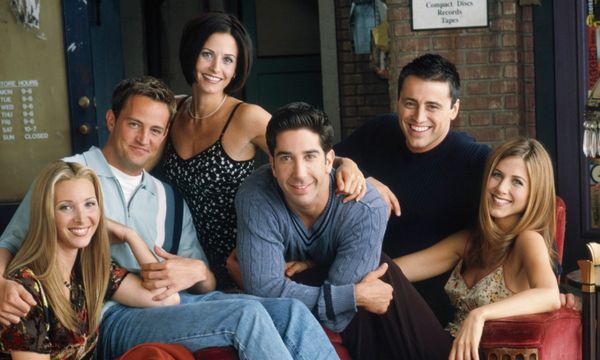After fifty-four years on air the historic British sci-fi program Doctor Who will return October 7, 2018 with its first female lead, Jodie Whittaker, playing the titular role of the Doctor. Even though the announcement has been met with some consternation, the idea of gender transitions for members of the Doctor's alien race has been eased into the writing throughout the past couple incarnations, woven into intricate plotlines and enacted—most notably by Michelle Gomez, who played a female incarnation of the Doctor's eternal friend-turned-foe, the Master—into strikingly vivid portrayals. Even so, while Doctor Who holds the ideas of change and openness in its very core, historically it has reflected the harsh reality of underrepresentation in creative industries as most of its writers and major actors have been white and cisgender. Now with Whittaker in the lead role, there is clearly a conscious effort to renovate the program's inner-workings so that they better reflect the concepts at the heart of the show: selecting a female lead was a condition for new headwriter Chris Chibnall upon accepting the job; "companions," the usually human tagalongs to whom the Doctor explains the sciencey happenings, are now "friends"; the new creative staff features female writers and directors as well as writers and directors of color. Renewal is everywhere.
There is always more work to be done, but there are a number of programs circulating now that are helping more people feel recognized. Art that even implicitly take a social stance, by its mere existence, makes change by carving out a place in media where there was none before. Queer Eye, Transparent, and Modern Family, soon airing its final season, have worked not just to normalize LGBTQ+ casts and characters, but to present a pocket of humanity that lives and breathes but isn't always treated as such. This change is vital. But how to evaluate these pieces? Here is where a struggle of thinking ensues. Not every show or movie manages to articulate a social message in an artistically coherent, beautifully articulate manner. On October 7, should we watch Doctor Who's "The Woman Who Fell to Earth," as primarily an inclusive statement that cleaves the male-dominated history of the show, or as yet another criticizable installment of the chronicle? Should we support series 11 as a feminist work in order to fortify and normalize it? Is the meaning of the art greater than or less than the social gravity of the work? Is the work still a victory for the people being represented if the art is not, by its own merit, great?
Take, for example, "Grey's Anatomy," which has been airing on ABC since 2005. This program is beloved, and over the past decade has expanded opportunities for female artists and artists of color: the show's creator, Shonda Rhimes, paved the way for black producers in television, and her choice to pursue color-blind casting—auditioning actors without taking ethnicity into account—resulted in a diverse cast and a distinct feeling of realness. "Grey's Anatomy" is a notable cultural text.
But is it a good medical drama? It has a 74% on Rotten Tomatoes. That's fine. Maybe it's me, but when I tune in, it is a soap opera, and there is a computer-generated harp playing so loudly it's like a very sad, tender bomb in my ear endeavoring and failing to be subtle. There are spunky sidekicks who say "Crap!" and, still, dull white heroines in the center. And there's nothing particularly engaging in the writing. It is not a masterpiece. Even the fan community seems to agree that there were lulls during which it wasn't even good.
And yet it means, and has meant for over a decade, a great deal to millions of viewers. With this campy, heavily harp-and-piano-accompanied show, Shonda Rhimes has helped to make the current discussion about color-conscious casting a possibility. The show has had a social impact, choked-out "I-love-you's," hair gel, overly languid strawberry blonde heroines and all. Even with children's programming, in Avatar: The Legend of Korra, the decision by writers in the finale to redefine main characters Korra and Asami's sexualities by confirming them as a couple was seen by a number of fans as a haphazard accident of writing and something that did not honor the LGBTQ+ community. But it also preceded shows like Steven Universe, which has since seized the opportunity to normalize openly gay characters and become dear to millions of people who now see themselves properly reflected on-screen for the first time. Both programs are steps on a path to better respecting this community.
Perhaps this is what we must remember: that rather than be restricted to its own narrative and aesthetic, great art is often indicative of something greater than itself. Art lives inside culture and context, and can interact with and assert itself into this environment. Even though in my heart I am sure that Jodie Whittaker and the new creative team are going to breathtakingly crack open the universe as a place that belongs to everyone, there is always a chance there will be something weak here or there. A plot will be too heady, a message too obscured or convoluted. But it has to be respected when TV and film, even when they flounder artistically, devote themselves to something greater. This is the important work of artists who know that there is always more work to be done.



















